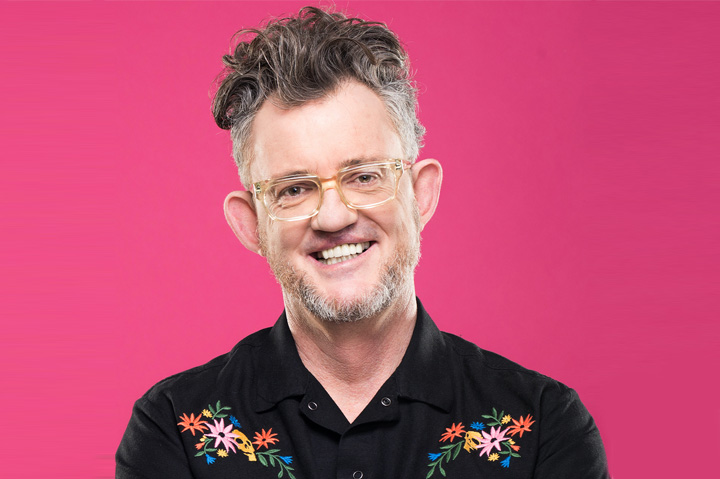January 09, 2023
‘The Coaching Habit’ Author Shares 5 Key Leadership Questions With Skucon Attendees
Michael Bungay Stanier’s prompts to produce “great work” was the overriding theme of the all-day conference held by commonsku.
In the opening session of skucon 2023, author Michael Bungay Stanier outlined the difference between bad, good and great work. Striving toward “great work” proved to be the overriding theme of the all-day conference held on Sunday by commonsku – the first in-person version of the annual event in three years.
Bungay Stanier, the author of The Coaching Habit and founder of learning and development company Box of Crayons, defined great work as “work that has more impact and meaning,” which translates to your strategy and culture respectively. Bad work is the mind-numbing tasks that he called WOMBAT – A Waste of Money, Bandwidth and Time. Good work is your job description – something that’s habitual productive, makes money and conforms to your strategy.

“The trap with good work,” Bungay Stanier said, “is there’s so much of it.” And by occupying so much of our time with good work, it’s preventing us from doing great work.
To achieve great work as leaders and to bring it out in others, Bungay Stanier had attendees pair up with unfamiliar counterparts and ask each other five key questions.
The first question – “What’s on your mind?” – promotes active listening and allows the respondent to offer context about what’s going on and what they’re thinking. “If you give people the space,” he said, “you tap into something that’s wonderful about them.”
The second and third questions – “What’s the real challenge here for you?” as well as “And what else?” – prompts coachees to dive deeper, because what’s often said first isn’t the real meat of the issue. It also allows leaders to stay curious, find out more, and avoid immediately rushing into advice. Bungay Stanier termed it “taming down your advice monster.”
“When you slow down, you’re giving better advice and solving the right problem,” he said.
The fourth and fifth questions – “What do you want?” and “What was most useful or valuable?” – causes people to get really clear about their needs or desires, and allows them to put everything in perspective. As a whole, the questions prompt leaders to stay curious and give better advice and coaching.
Other highlights from the conference included:
- A talk by Nick Casares, the head of product at PolyientX (a platform that helps brands and creators with digital rewards), that demystified Web3 and buzzwords like NFTs and blockchain, and showed how brands like Starbucks, Disney and Nike are using these digital rewards to engage consumers and grow communities. He outlined whether Web3 is good or bad – a friend or foe. Said Casares, “I’ll let you draw your own conclusions, but I think [Web3 is a friend] because we’re seeing experimentation from major brands that are digging their heels in with it.”
- A panel with three supplier chief revenue officers on the growing role of the CRO and how it can help grow collaboration and sales between distributors and suppliers. The panel included Holly Brown of PCNA (asi/78897), Samantha Kates of Spector & Co. (asi/88660) and Trina Bicknell of HPG (asi/61966). Kates recalled an inquiry from a distributor who wanted to know how many orders it submitted that weren’t complete, and how many were difficult for Spector to process, so that the distributor could improve. “That’s a partnership. That’s honest,” said Kates. “That’s where you get to the good stuff.”
- A closing presentation from Ally Delgado, CEO and co-founder of Merchology (asi/169169), on the similarities of branded merch companies to bees. There are some surprising similarities, as Delgado has found by becoming more familiar with the winged insects through Merchology VP of Operations Rob Bros (a proficient beekeeper). Honey, for example, is used as a sweetener in dishes – not the main event. So it is with branded merch to support the goals and aims of end-buyers. “As we’re problem-solving with our business clients,” she said, “it’s very rarely just about the merch. It needs to be the sweetener.”